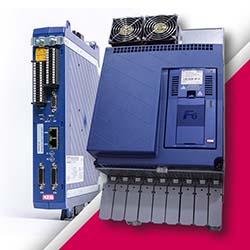When Should You Combine 3D Printing and CNC Machining?
3D printing has transformed the world of prototyping, assembly and manufacturing in unprecedented ways. Besides, injection moulding and CNC machining are the basis for most designs that reach the production stage. Therefore, it is usually hard to replace them with other applications. However, there are times you can combine CNC machining with 3D printing to meet several goals. Here is a list of these instances and how it is done.
When You Want To Complete Projects Fast
Most companies combine these two technologies to accomplish tasks fast. The use of CAD files in machining is faster in creating prototypes than producing tools to use in injection moulding. However, 3D gives creative some flexibility to make improvements in their products designs. To take advantage of these two processes, engineers create CAD or CAM files for use in 3D printing. Once they get the right design (after making improvements), they then improve the part with machining. This way, they use the best features of each technology.
When You Want to Meet Tolerance and Functional Accuracy Requirements
One of the sectors that 3D printing is still developing is tolerance. Modern printers are not able to deliver high accuracy when printing parts. While a printer may have tolerances of maybe up to 0.1 mm, a CNC machine can achieve accuracy to 0.025 mm. In the past, if the part or product you are creating requires high accuracy, you had to use a CNC machine.
However, engineers found a way to combine these two and deliver accurate products. They use 3D printing technology for prototyping. This allows them to improve the design of the tool until they get the right product. Then, they use the CNC machine to create the final product. This cuts the time they would have used to create prototypes and get quality, accurate final product.
When You Have Lots of Products to Create
Combining both of these technologies can help increase production rate, especially when you have thousands of products to manufacture. As explained above, 3D printing lacks the ability to produce highly accurate parts, while CNC machining lacks the speed you find in 3D printing.
Most companies create their products using a 3D printer and polish them to the right dimensions using a CNC machine. Some machines combine these two processes so that you can automatically accomplish these two objectives. In the end, these companies are able to produce highly accurate parts at a fraction of the time they would have spent on CNC machining alone.
To Reduce Cost
Manufacturing companies are looking for ways to cut their production costs to gain a market advantage. One of the ways is to look for alternative materials for some parts. With 3D printing, you can use various materials that you would otherwise not use in CNC machining. Besides, the 3D printer can combine materials in liquefied and pellet form and create a product with the same strength and capabilities as those made by CNC machines. By combining these two processes, you can use cheaper materials and then cut them to the accurate dimensions with the CNC machine.
There are several instances when you can combine 3D printing with CNC machining to achieve such goals such as cost reduction, enhance production speeds and accuracy. The application of both technologies in production processes depends on the product and the end product.
Featured Product

